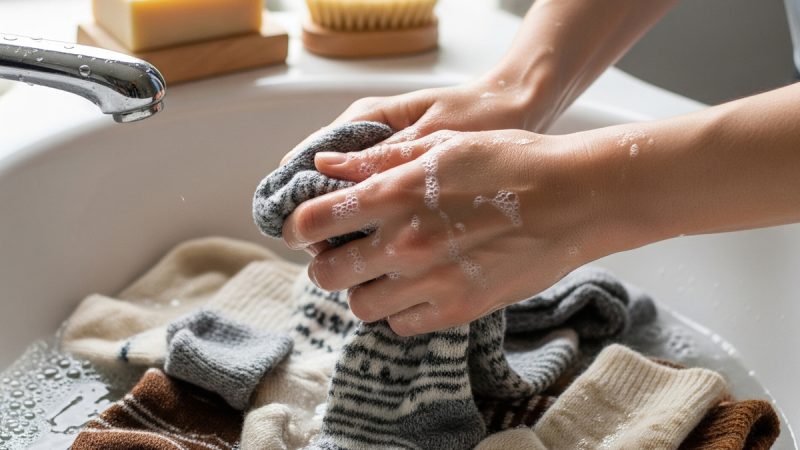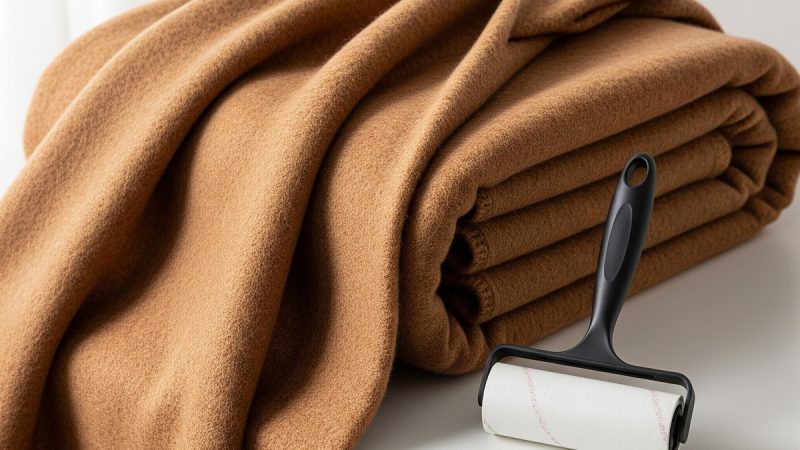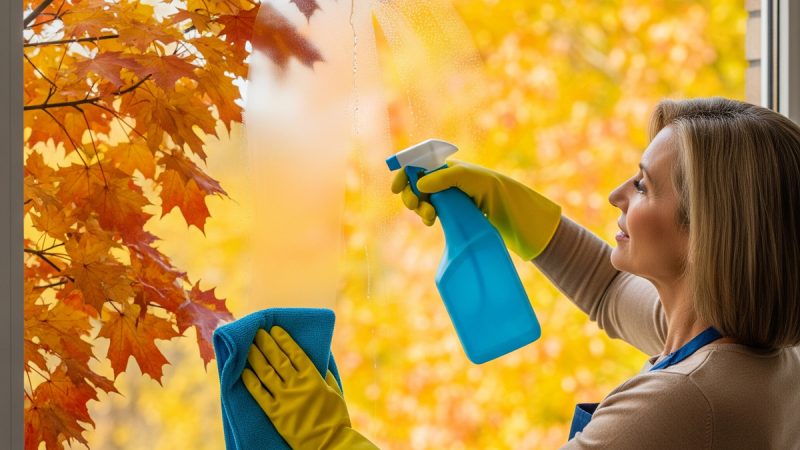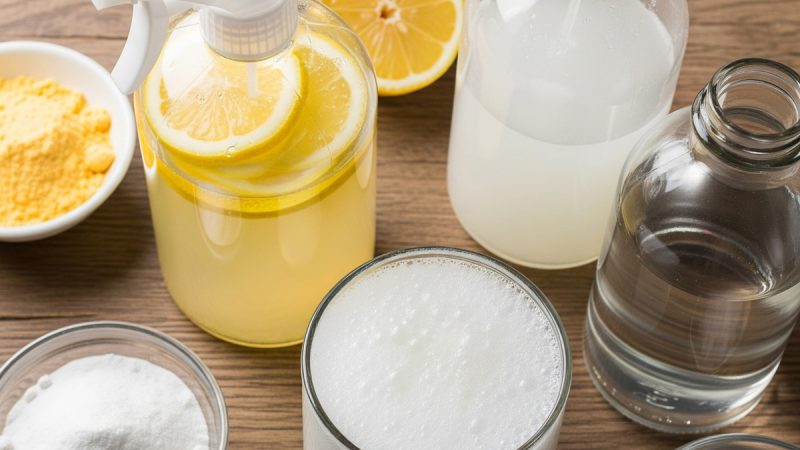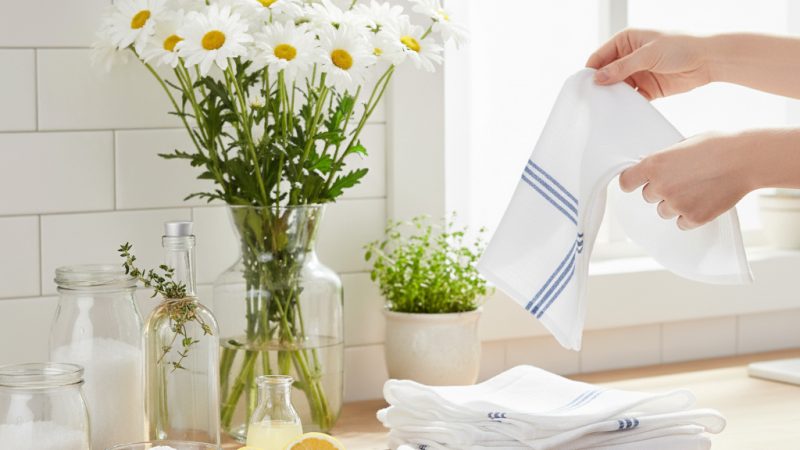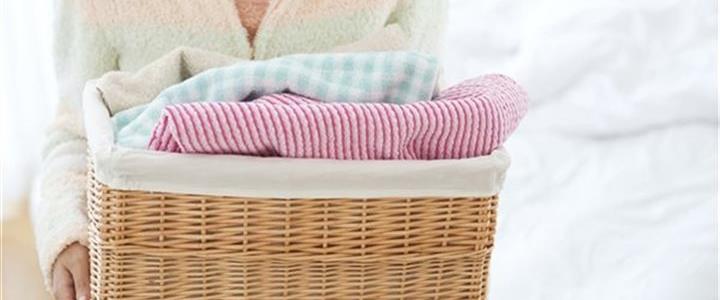Small Electrical Appliance Cleaning
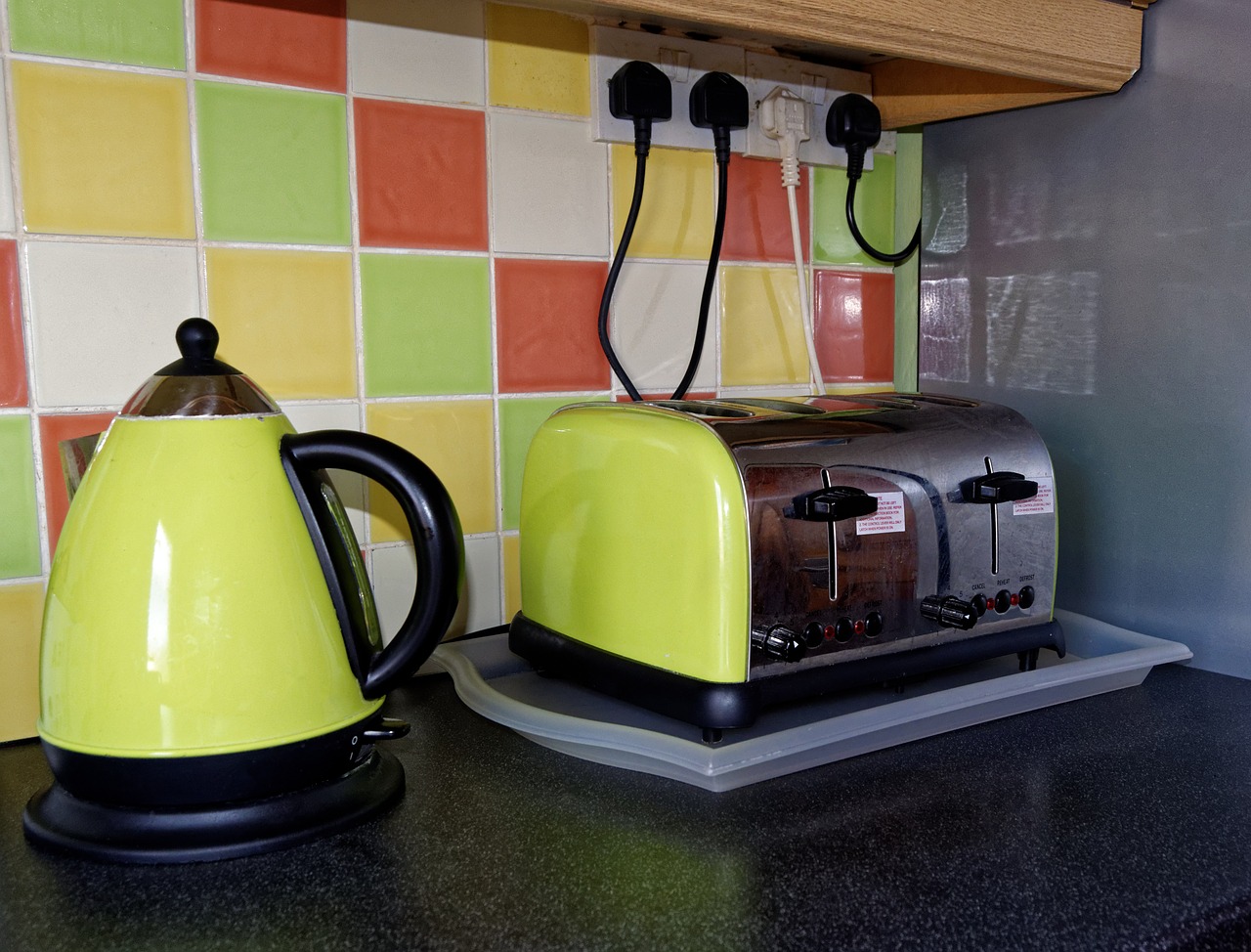
Unplug and cool appliance before cleaning. Wipe with a damp cloth, and dry with soft cloth or paper towel. If grease or food spills on exteriors, use sudsy cloth, followed by damp cloth. Do not get any moisture into electrical parts. Do NOT immerse any appliances or parts in water unless specifically labeled “immersible” in care guide.
Wash interiors of appliances used for food preparation such as inside of fry pans, slow cookers, etc. taking care not to get electrical parts wet.
Do NOT wash waffle-irons.
Clean bottom of fry-pans, etc. after each use to avoid grease buildup. Use fine soap-filled steel wool pads for stubborn grease.
Follow special label or care guide instructions with appliance for specific parts or materials.
Can Opener – Cleaning
If possible, remove cutting part and wash in suds, rinse and dry thoroughly. If not removable, wipe with damp sudsy cloth after each use to keep clean.
Coffeemaker – Cleaning
Clean after each use to remove coffee oils and residue which will cause poor flavor in the next pot of coffee. Wash with warm sudsy water, rinse and dry. On aluminum percolators, remove hard water deposits with either a soap-filled steel wool pad, or by perking with 1-2 tablespoons cream of tartar dissolved in water; rinse thoroughly.
Do not use alkalis such as baking soda, or chlorine bleach on aluminum. On chrome-plated and stainless steel pots, use commercial coffeepot cleaner to remove stubborn stains; do not use them on aluminum unless label recommends it.
For electric drip coffeemakers, if minerals and scale build up from hard water, periodically run a solution of half white vinegar and half water through it to dissolve scale. The heated solution may have to be run through the unit one or more times if buildup is heavy. Thoroughly rinse all parts of the unit. Run plain cold water through a cycle to remove all traces.
Iron – Care and Cleaning
Empty iron while hot so heat will dry out cavity. Always dry and cool before putting away. To remove melted plastic and fabrics, heat at low setting just until material softens, and scrape off with a smooth piece of wood, a wooden spatula or half a clothespin. If some remains, make a paste with baking soda and water and rub or try silver polish. Wipe off with damp cloth. For a non-stick soleplate, rub gently with nylon mesh pad and suds. Acetone or nail polish remover may remove melted polyester.
If steam iron clogs from minerals in water, follow use-guide directions for cleaning, or use a commercial iron cleaner. A fine needle in the nozzle hole may open it again. Sometimes “steaming” will remove lint clogging the iron; fill with at least 1/4 cup water, set it to “steam”, and hold in the air or set flat on wire rack over heat and moisture resistant surface like counter protective mat. Let steam until empty. Using only distilled water in steam irons helps avoid mineral buildup.
Toaster – Care and Cleaning
Remove crumbs regularly, and unplug before doing this. Unplug before using a utensil to remove a stuck piece of toast. In removing food or cleaning, be careful not to damage fine wires which do the toasting. Do not get it wet while plugged in; you could get a shock touching it.
Waffle Irons – Cleaning
If grids have not been pre-treated, season before using the first time. Brush unsalted fat on grids. Heat until grids begin to smoke. Bake a waffle to absorb excess fat and discard it. Waffle iron is ready to use. After baking waffles, brush grids with a soft plastic brush or wipe gently with a paper towel while still warm to remove crumbs. Do NOT wash the grids or put any water on them. The seasoned grids darken and prevent sticking. However, if grids without a non-stick finish begin to stick, or are stained by foods other than waffle batter being spilled on them, wash grids with warm suds, rinse, wipe dry, and re-season with unsalted fat.
The Author:
Anne Field, Extension Specialist

